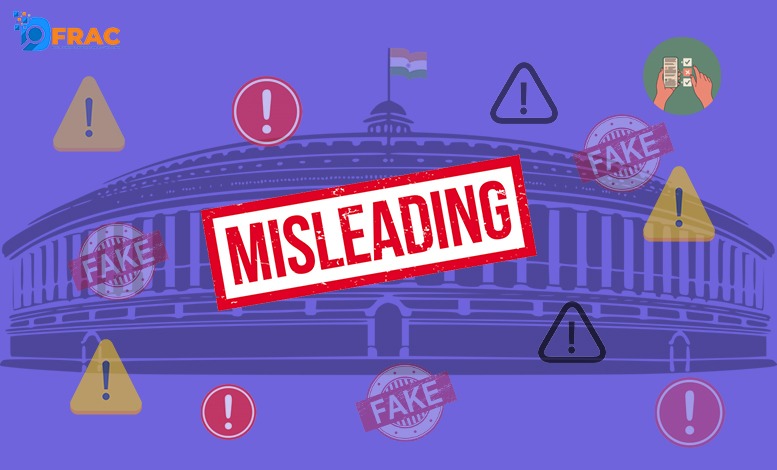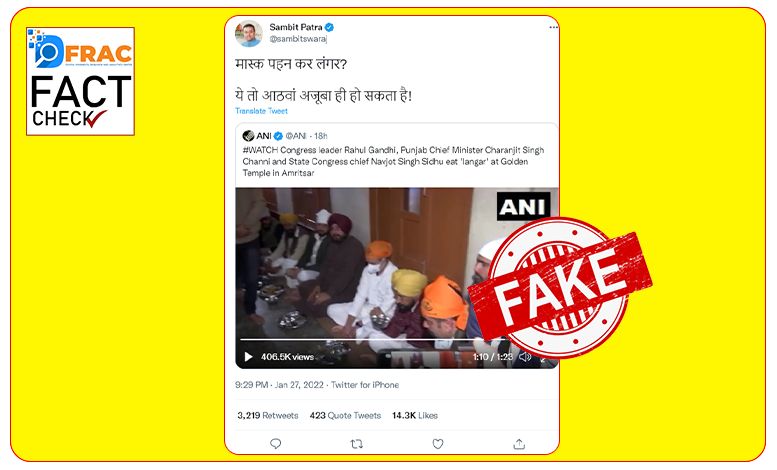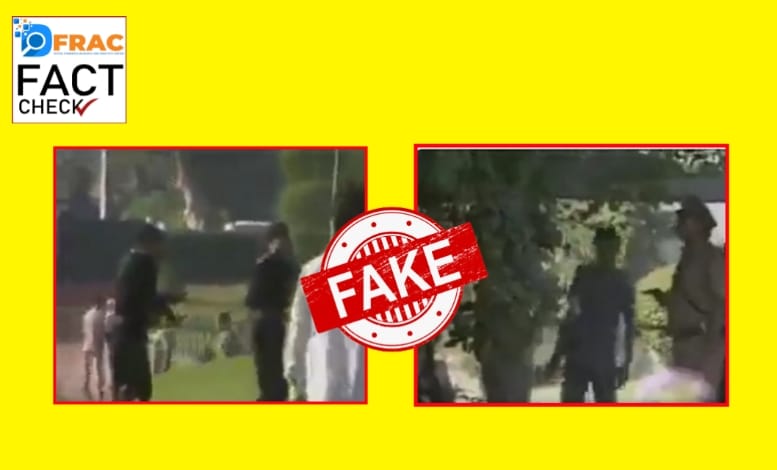Recently, the central government has issued instructions to block 35 YouTube channels, two Twitter accounts, two Instagram accounts, two websites and one Facebook account. These channels operating from Pakistan were engaged in broadcasting anti-India fake news and objectionable material.
Just a few days ago, hours after Prime Minister Narendra Modi’s convoy was stopped by so-called protesters, an animated video put up by Khalistani elements almost a year ago surfaced on YouTube. In it, the convoy of a leader who looks like Narendra Modi is stopped on a bridge in the same way as the convoy of the Prime Minister was stopped. Then that animated character who looks like Modi is attacked by the mob. This video can be put in the category of terror manuals published by terrorist organizations like Al Qaeda and Islamic State at a time in which they keep telling their followers new ways to carry out terrorist attacks.
The more serious matter is how did this video of hatred threatening the security of the Prime Minister of India remain on YouTube for a year? What did our cyber security agencies do for a year? Just a few days ago I was watching a documentary on a very popular YouTube channel in America about the Taliban occupation of Afghanistan. At the end it was told that the producer-director is not showing the brutality going on in Afghanistan, because if this is done, YouTube will delete this video. The question is, how can YouTube, which can be so strict with a factual news report, let a video suggesting a way to attack the Prime Minister of India stay on its platform for a year?
In fact, this is not the only example of Big Tech’s arbitrariness and lax cyber security in India. Just a few days ago, the brother of Aarti Tikku Singh, a well-known journalist of Kashmiri origin, got death threats by terrorists. When he expressed his anger on this through a tweet, his account was suspended by Twitter itself, calling it a violation of the rules. How can raising one’s voice against threats from terrorists be spreading hatred?
This is the same Twitter that has allowed all the accounts of Taliban leaders to continue running. The day the Prime Minister’s convoy was attempted to be targeted, a fake video was also viral on the Internet media showing the Cabinet Committee on Security (CCS) taking a decision to expel all Sikh soldiers from the armed forces. The forgery can be inferred from the fact that Anurag Thakur, who is not a part of CCS, was shown in it. It is clear that this was part of a conspiracy to spread rebellion in the army and destabilize Punjab. To refute this, a press release was issued by the government in a hurry.
During investigation, most of the accounts that made this video viral were found to be Pakistani, but these accounts remained on internet media sites for several days. This shows that our security agencies are not getting quick support from these internet media companies. In the event of a major law and order crisis or in a war-like situation, the circulation of such fake news on the Internet media for several hours causing excitement in the society and the armed forces can give rise to the odd situation.
The problem is not only that. Recently an app called Bulli Bai was the subject of discussion. Through this app, for the last few months, some anti-social elements were putting pictures of some women coming from minority community on the internet and getting them bid. As soon as this came to light, the security agencies swung into action and the accused involved in this heinous act were nabbed. It was then discovered that fifty pages, groups and profiles targeting majority Hindu women were also active on dozens of Internet media platforms for many years. Some of these pages were also suspended due to the uproar, but many such pages and groups are still active. Why were these elements targeting Hindu women on the internet not arrested at the same speed as the police acted in the Bulli Bai case? Why were the police across the country oblivious to these pages, groups and profiles active for years?
The British era working style of our police agencies, which emphasized on maintaining law and order without seeing right and wrong, can now give rise to serious social hysteria and rancor in this age of information revolution, where society is monitoring and analyzing every action. does.
Security agencies have to understand that in this era, factually correct discourse on internet media cannot be suppressed as a threat to law and order. Nor can sensitive matters be brushed off by unilateral action. The enforcement agencies of the justice system should not be influenced by such leftist discourse which presupposes that minorities are always harassed by the majority. Such administrative lapses and unbridled arbitrariness of Internet media companies can manifest and to some extent in the form of massive chaos.





